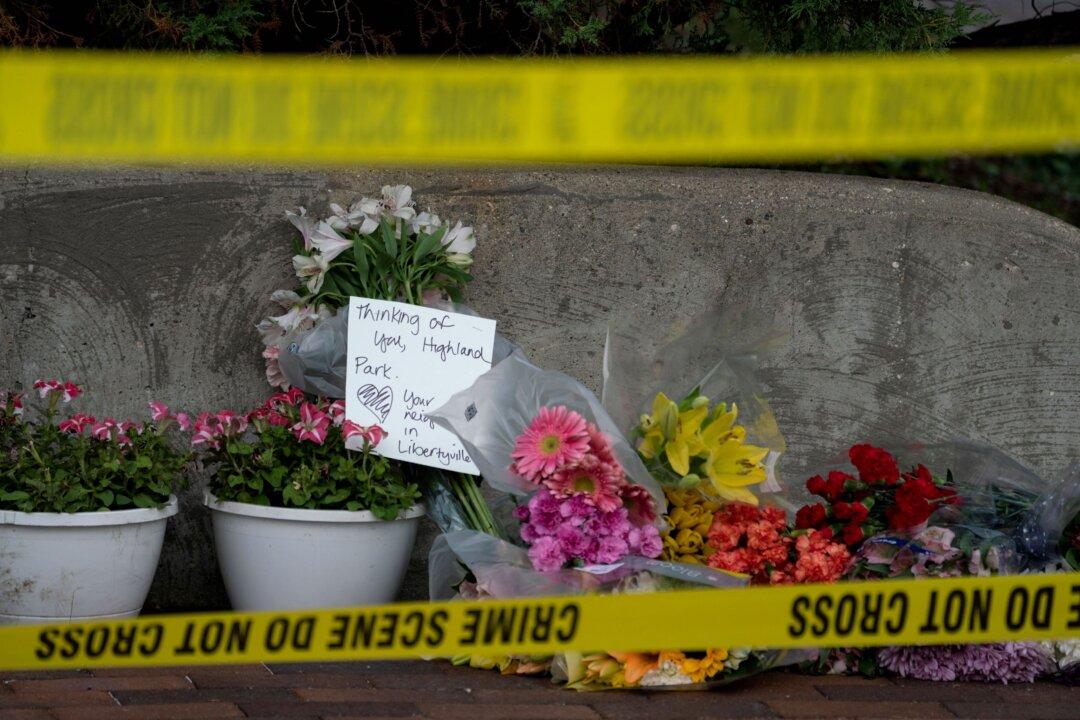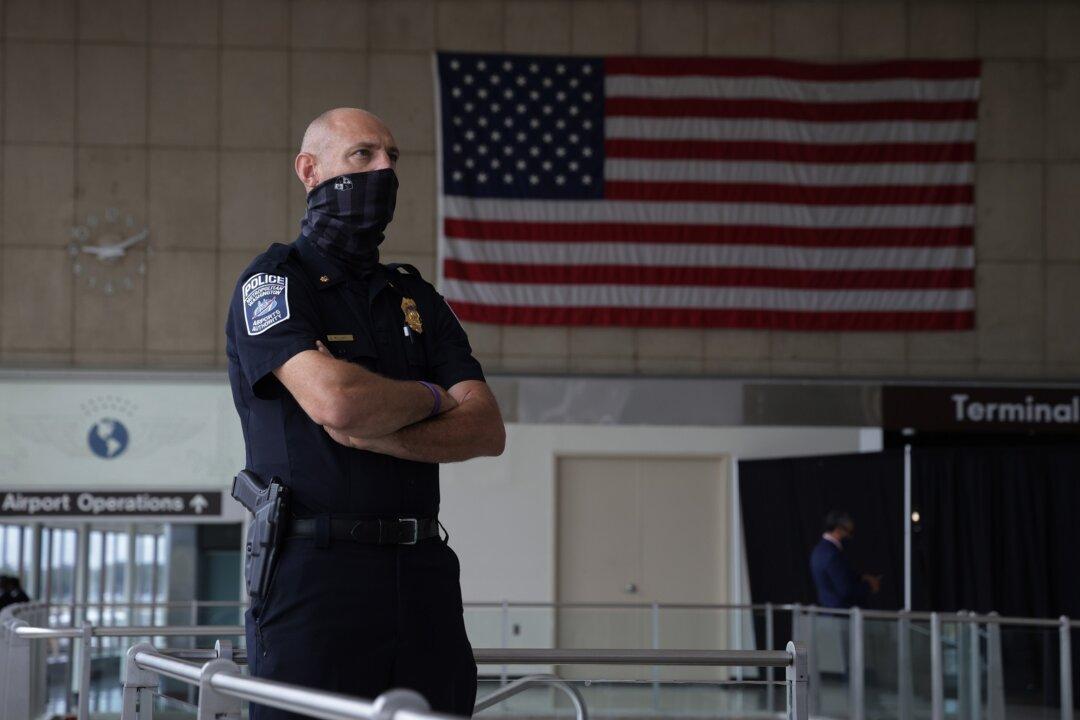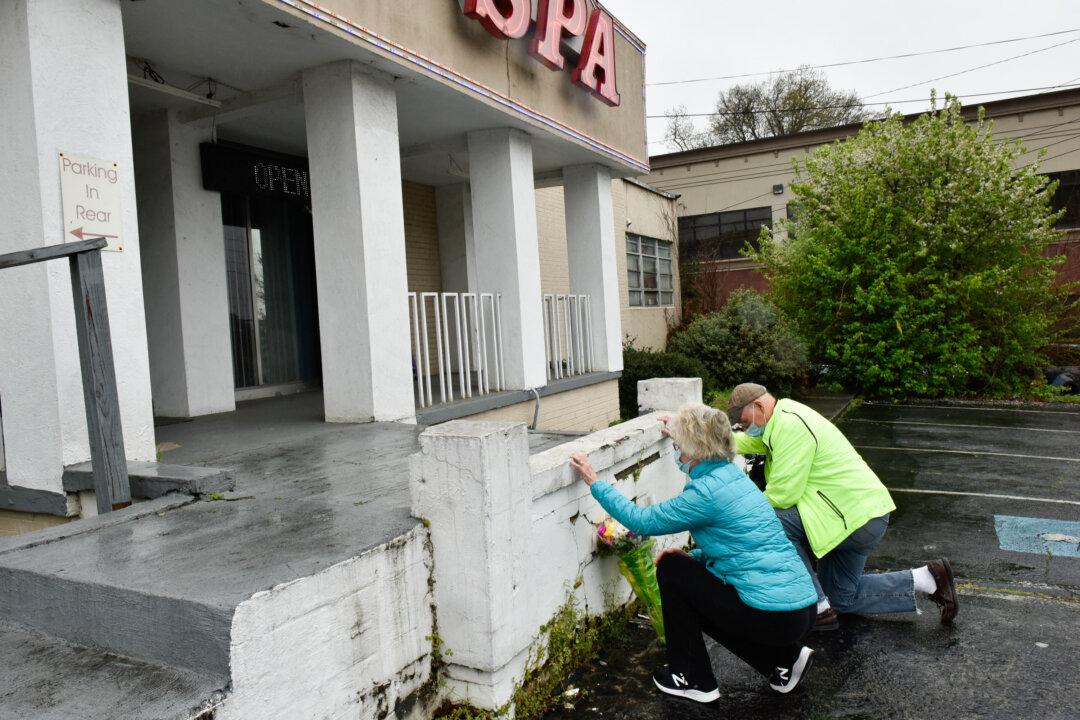WASHINGTON–Since being nominated for the Supreme Court, Justice Brett Kavanaugh has been dogged by unproven allegations, most recently in the New York Times story “Brett Kavanaugh Fit in With the Privileged Kids. She Did Not.”
The New York Times story claims that Kavanaugh exposed himself before a female student during a party at Yale. The background of the story is one of failure to report information that exculpated Kavanaugh. The background of the allegations formerly made against Kavanaugh is of Senate and FBI investigations that exonerated him.





